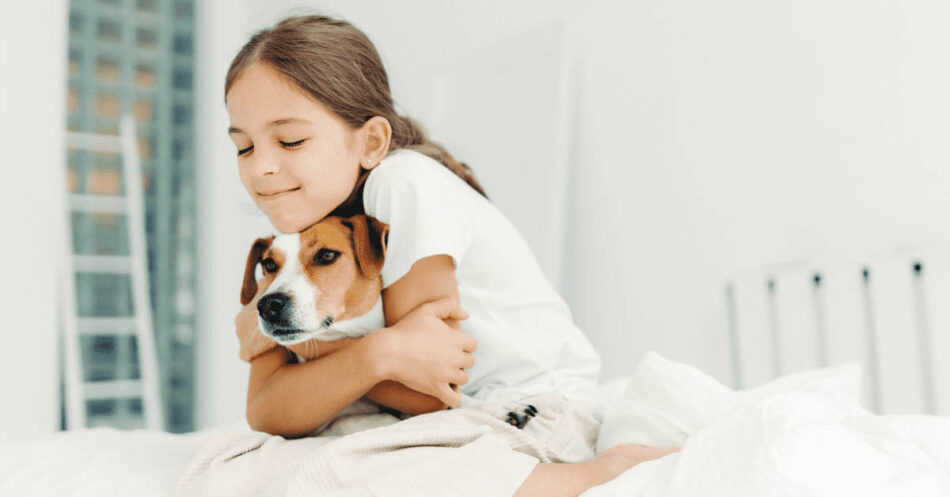
5 Reasons Why Kids Should Have Pets
This post may include affiliate links. Please read my disclosure policy.
Did you have a pet when you were growing up? I did. In fact, I had several. Looking back, I’m so grateful I was able to spend my early years with animals. Not only do I have many wonderful memories of my childhood pets, but they also taught me important lessons that I still carry with me today. My love for pets has wiggled its way into nearly every aspect of my life and career.
As an adult, I love seeing the same thing happen with my nephews and their pets. The bond they all share is so sweet and magical, and I know those boys will treasure it their entire lives.
Pin Me!
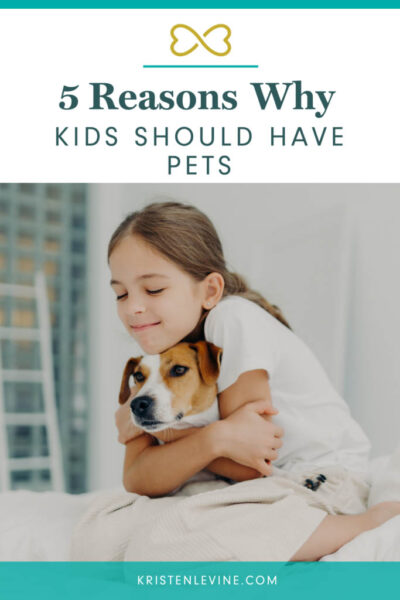
How Can Having a Pet during Childhood Be Important?
Not surprisingly, I think every child should have a pet, and here are five reasons why.
- Caring for pets teaches valuable life lessons.
Getting a family pet helps your child get important life skills. For example, including children in pet-related chores is a terrific way to impart the lesson of responsibility. By assigning age-appropriate tasks like playing with the dog or feeding the cat, kids learn how important it is to follow through with their duties. After all, certain four-legged furries are counting on them! (Of course, the ultimate responsibility of taking care of a pet lies in the grown-ups in the family.)
Having a family pet teaches trust and patience as well! Children learn that waiting patiently is necessary when pets are learning new tricks or growing from young puppies or kittens into mature companions. Even just sitting quietly with their family pets while they nap teaches kids the virtue of patience. Pets teach kids trust by providing reliable companionship and unconditional love, reinforcing the understanding that pets can be counted on to be there for them. - Kids learn respect and empathy for others.
Animals are feeling, thinking beings with both physical and emotional needs. Children should be reminded to treat their companion animals with care, play gently with them, and respect their need for space. When parents teach kids to approach pets with kindness, love, and compassion, this easily translates into treating other human beings the same way. - Children with pets may be healthier.
The benefits of pet ownership on children’s health are almost too numerous to count—and that includes the benefits of pets on their physical development! People with pets are reported to have lower blood pressure, less risk of heart disease, lower cholesterol, and are more physically active. And those same benefits apply to kids! Plus, research has shown that children who have a pet during the first year of life are actually less likely to develop asthma. - Animals can boost a child’s self-esteem and provide mental health benefits.
Let’s face it, the business of growing up is tough! But having a pet makes it easier. Pets never judge, never tell your secrets, and always look at you as though you are the smartest, most important person on the planet. So it shouldn’t come as a surprise that kids with pets are less likely to suffer from anxiety and have more self-confidence and higher self-esteem than those that don’t. - Pets bring the family together.
In this go-go-go world, it can be hard to carve out time to spend together as a family. But having a pet can actually bring parents and children closer by coming together to care for their four-legged family members. All the activities that revolve around Fido or Fluffy—from exercise to grooming to feeding—require teamwork and cooperation, which strengthens family bonds. Even something as simple as taking the dog for a walk together or telling a funny story about your cat can help build and strengthen the family bond. - Pets can help kids learn about loss and grief.
When a beloved pet passes away, children experience a firsthand encounter with the natural cycle of life. This sad but essential experience can teach them about the emotions of grief, the importance of remembering loved ones, and how to cope with loss. Parents can guide their children through the grieving process and offer comfort and support while imparting valuable life lessons about resilience and cherishing the memories of their furry friends.
Are you convinced yet? Ready to adopt a puppy or find the purr-fect feline friend?
How to Choose an Appropriate Pet
Choosing to adopt a family pet involves several important considerations to ensure a good match between the pet’s needs and your family’s lifestyle. For instance, larger animals like dogs will require regular walks and exercise, while smaller animals such as gerbils or fish might demand less time but still need daily care and attention.
Think about these when adopting a pet:
- What’s your family’s lifestyle? Pets are the ultimate playmates, ready for adventure or just a cozy snuggle session. Make sure you pick a pet that loves to play the way your family does!
- Before adopting, consider the ongoing costs associated with pet care, such as food, grooming, toys and treats, medical expenses, pet insurance, and other supplies. Even the tiniest pets can cost quite a lot when you want to make sure they’re well cared for, and your kids will need to understand this.
- Every pet needs a spot to call their own, whether it’s a corner for a cat tree or a yard for puppy playdates. Choose a pet that fits comfortably into your home.
- Our furry friends are part of the family, and just like any family member, pets require food, water, grooming, veterinarian check-ups, and so on. Make sure you and your family are ready for the exciting adventure of caring for them.
- Some pets are small enough to fit in your hand, while others might take up the whole couch! Choose a pet whose size and personality fit well with your family.
- Think about how much training and exercise the pet will need. Whether it’s teaching tricks or learning to “sit,” every pet comes with a built-in chance to teach children responsibility and have fun doing it.
- The best pet is the one that everyone adores. Make sure it’s a unanimous “yes” for the furball that’s joining your crew.
- Remember that pets are for life, and the decision should be made with care.
3 Paw-some Books for Kids Who Have or Want Pets
Caring for a pet can teach kids so much! These books can help kids understand exactly what their fur family needs from them and can strengthen their bond along the way. Plus, if adopting a pet is in your family’s future, you’ll want to involve the kids in the decision and in the care of their new furry family member. Books can help prepare kids for the responsibilities that come with bringing a pet into the family.
101 Dog Tricks: Step by Step Activities to Engage, Challenge, and Bond with Your Dog by Kyra Sundance and Chalcy. Once you’ve got the basics down, you and your children can have some fun teaching your dog some entertaining tricks. Training a dog is great for him mentally and physically, and it’s an amazing way for kids (and grownups) to bond with their tail-wagging friend!
What to Expect When Adopting a Dog: A Guide to Successful Dog Adoption for Every Family by Diane Rose-Solomon. This book offers expert advice from rescue specialists and organizations, veterinarians, dog parents, and pet business owners. It can guide your family through the adoption process, prepare you to welcome your new family member, and point you in the right direction to find relevant articles on dog parenting and useful products too!
I Just Got a Kitten. What Do I Do?: How to Buy, Train, Understand, and Enjoy Your Kitten by Mordecai Siegal. There’s no question that kittens are adorable, but they’re also a handful! This book was written to help families find the kitten that’s right for them and introduce their feline friend safely and successfully into the family. It answers questions about understanding your new kitten’s personality, socializing and bonding with her, as well as kitten behavior, training, and how to solve common problems.
3 of the Best Toys for Kids and Dogs
Playtime with a dog is great for kids and pups alike. It promotes physical activity, gives them a fun way to fill their time, and strengthens the dog-child bond. Check out these toys that kids and dogs can use together!
Chuckit! Ultra Tug. This sturdy tug-of-war toy is built for tough play and chewing. Kids will have fun trying to keep the dog from taking the toy away, and dogs will have fun trying to steal this ball from their kid! This ball also features an easy-to-clean smooth rubber surface so you can easily get rid of dirt and slobber.
Chuckit! Kick Fetch Ball. After a “ruff” day at school, your kid is probably ready to blow off some steam. What better way is there for your child to relax than by punting this floating fetch toy for your dog? Chuckit! Kick Fetch is made of durable canvas, rubber, and foam and is designed to stand up against even the hairiest playtime.
Chuckit! Paraflight Flyer. Ready to teach your kids frisbee golf? This dog toy will get your pup running and jumping while giving your child a mean throwing arm. Aerodynamically designed for long-distance, high-flying games of fetch, this flyer toy features soft rubber edges that are gentle on your pup’s teeth.
3 of the Best Toys for Kids and Cats
Dogs aren’t the only pets with tricks up their sleeve—cats, too, love to run, jump, catch, and even fetch! With time, patience, and love, the family cat can become your kid’s best friend. Consider investing in a few toys that your kids can use together with your cat, like these:
Ethical Pet Skineeez Wand Toys. Wand toys offer a great way for kids and cats to bond. Your kitty will be enticed by this catnip-filled, stuffing-less forest friend while your kids can experiment with teaching your cat to stalk, hunt, and jump.
Catit Senses Super Circuit. This cool cat maze looks almost like an old school Hot Wheels track. Your kid can rearrange the track sections into over a hundred different layouts, and your cat can have a blast chasing the battery-powered ball up and down the track.
Tempcore Pet Cat Tunnel. Your kid will have hours of fun playing with their cat in this kitty tunnel. Add a few smaller toys to the interconnected tunnels, and these tunnels will become your cat’s new favorite nest.
For the Parents: Guidelines for Your Kids with Pets
We as parents love how adorable our kids will be all snuggled up together with our furry companions. But remember, we are role models. Our children learn how to be responsible pet owners by watching what we do. So, make sure to show them how to care for pets with love and responsibility.
That being said, here are some tips to follow:
- Kids under three to four years old are not ready to be left alone with pets. They might not understand how to be gentle, so always watch them when they’re with the family pets.
- Even though they’re growing up, kids under 10 may not be able to take care of a pet by themselves. Parents should help and supervise. Even if you think your child is old enough to care for a pet, parents should still keep an eye on things.
- Children should be gently reminded that pets, just like people, need food, water, and exercise. If a child isn’t taking care of the pet properly, parents might have to step in and handle the responsibilities.
The Tail End
The bond kids form with their childhood pets lives far beyond the early and formative years. And the treasured memories last a lifetime!












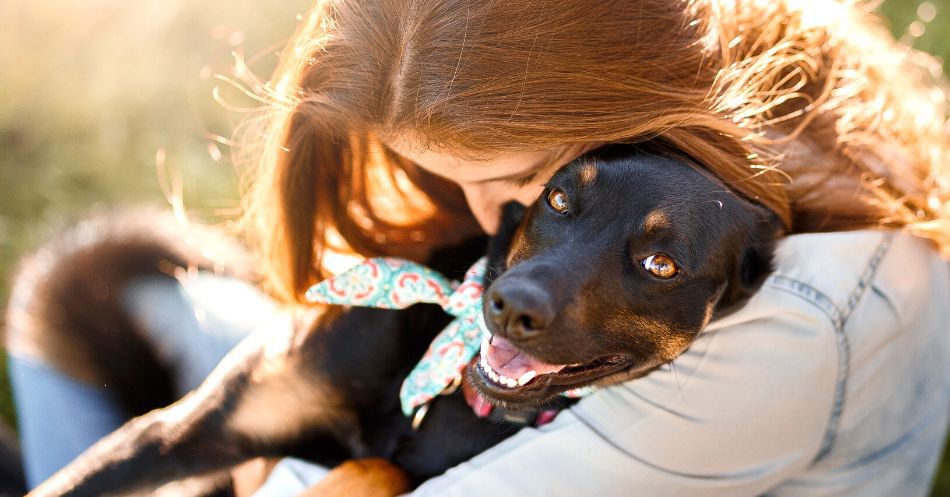
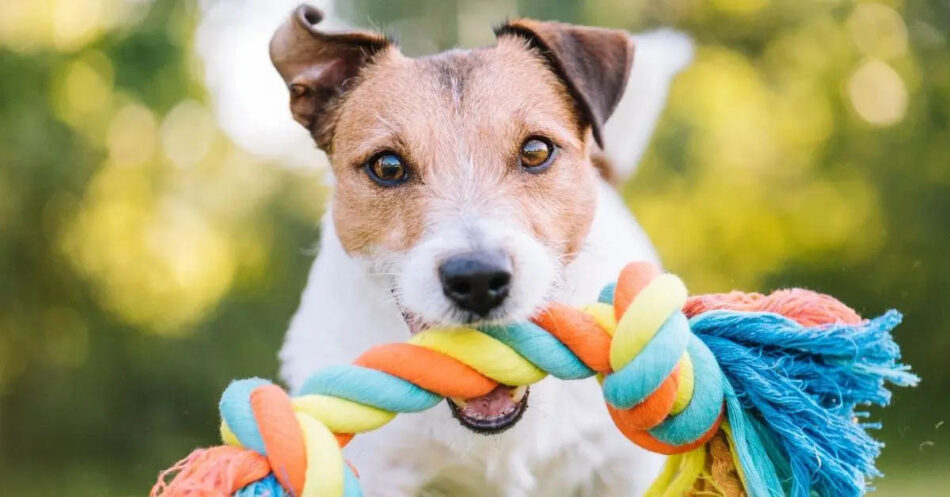

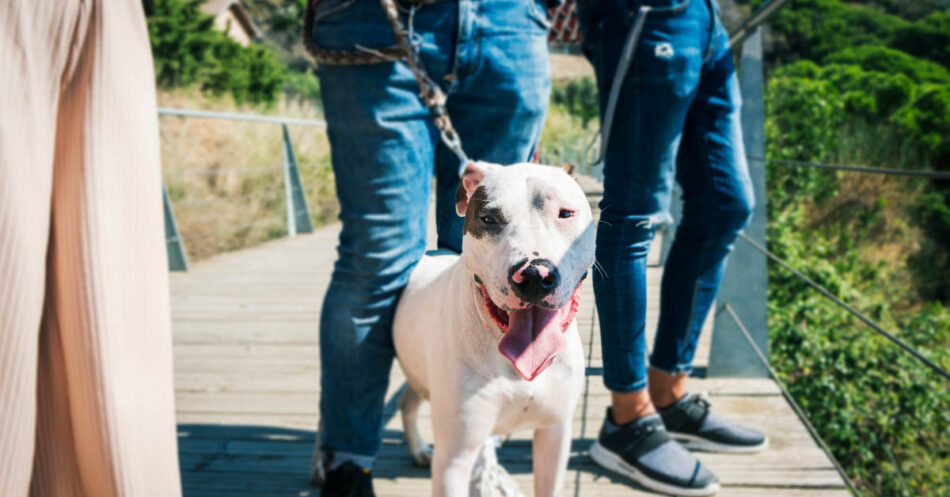

I want but don’t have one, yhey said pets will make me sick
Indeed kids can benefit from having a pet, yet the most important is the education that they receive in the early ages. But still it is best for kids to grow up with pets.
Agreed! However, the most important thing is the education you give to children at a young age. But even so, growing up with pets is the best option.